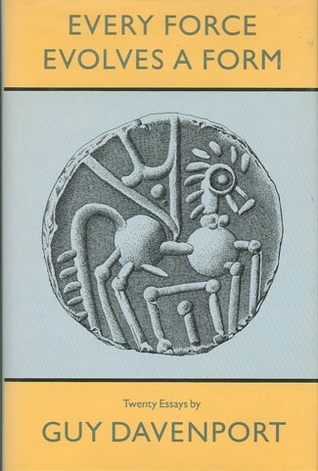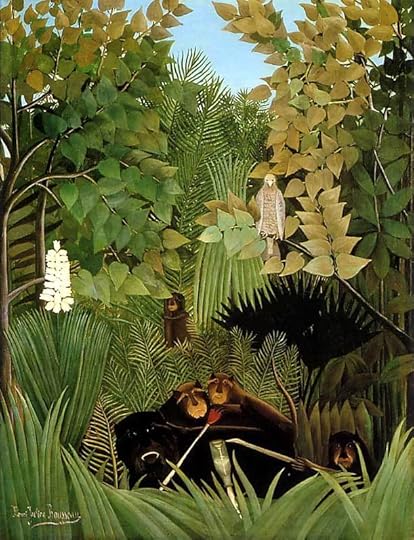What do you think?
Rate this book


171 pages, Hardcover
First published February 1, 1987
What Olmstead shows us is a culture in the raw, capable of a high civilization in Charleston drawing rooms and in a few private homes, but for the most part not working, clumsy, perhaps purposeless to those who took stock of what they thought they were doing. In their most idealistic picture of themselves, Southerners looked back to Greece and Rome (a decade or so after the century of the Enlightenment!) for a model, but many of them must have seen that they were awkwardly out of phase, that they were maintaining a feudal society in the dawn of the Age of Steam. Slavery gave them the opportunity to be idle, demoralized, and vain. The beautiful irony is that it was a man bored with being idle [Grant], for whom war was something to do, who fought them to the death over an ideal which perhaps both North and South, each in their own way, had betrayed.


